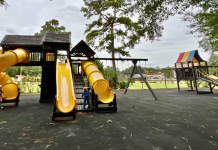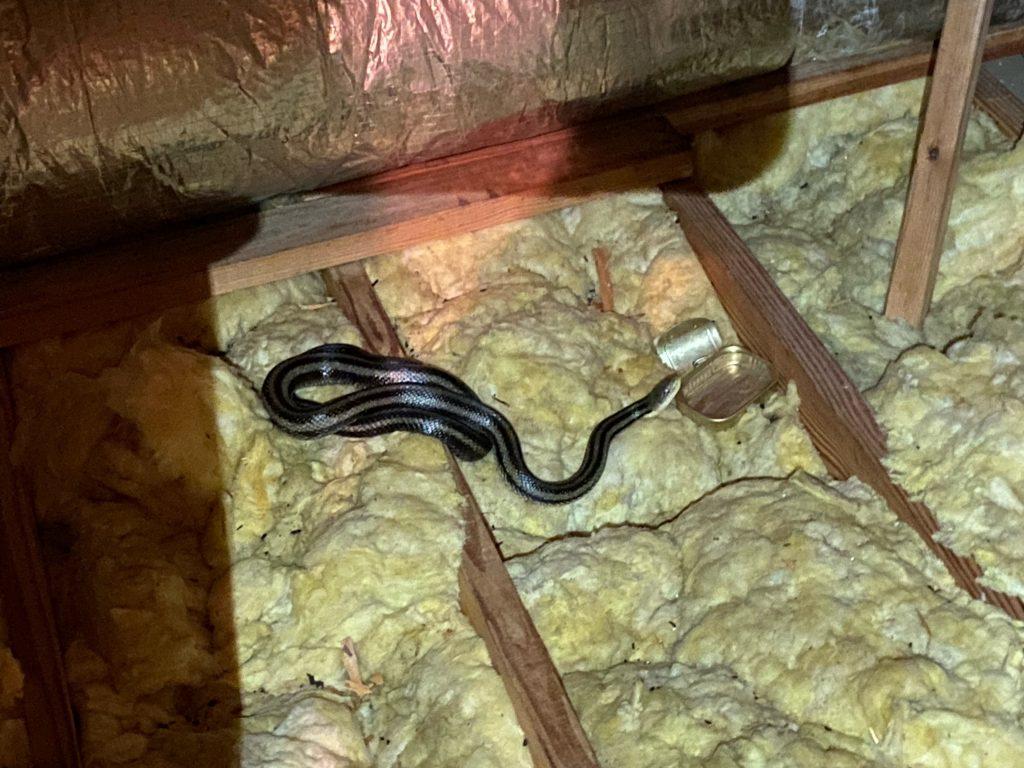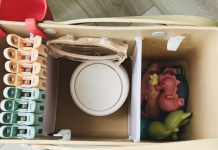 Late one night I heard the pitter patter of little feet, so I got up to see what was going on. After checking that both my kids were asleep, I went back to bed thinking nothing of it. The next night I heard the noise again. My first thought was ghosts. After further investigation I realized the sound of little feet was coming from my attic. To think something was living up there was not the most comforting thought.
Late one night I heard the pitter patter of little feet, so I got up to see what was going on. After checking that both my kids were asleep, I went back to bed thinking nothing of it. The next night I heard the noise again. My first thought was ghosts. After further investigation I realized the sound of little feet was coming from my attic. To think something was living up there was not the most comforting thought.
Five Signs You Have an Animal in Your Attic
- Noises at night – vocal noises, scurrying, scampering, thumps
- Damage to the outside of your property or an entry point – many animals will utilize construction gaps while others will cause damage to enter your home
- Unusual water leak – it is possible for animals to damage water lines or chew into them for a source of water
- Unexpected power issue – rodents like squirrels and rats are chewers and will chew anything to help trim their teeth
- An aroma of ammonia in or around your home – the longer an animal is in your attic, the more the animal will urinate and defecate, and you may start to smell it. Similarly, another sign of wildlife is seeing droppings. This is especially true for rats and mice.
Think you might have an animal living in your home? Check out this extensive list of signs to look for and what kind of animal it might be.
Charleston’s Coastal Climate
Charleston’s humid, subtropical climate means animals can stay active nearly year-round. With a warmer climate our coastal habitat includes nearly 250 tracked species in Charleston County alone. Some of those animals include rodents like rats, mice, and squirrels. The seasonality of animals also depends on what animals are looking for shelter and when. For example, raccoons are most likely to be a problem in the spring when raccoons create a den to give birth. There are similar signs and seasons for squirrels, bats, rats, mice, and snakes.
Here you can see the different species and what can be done to humanely remove them from your home.
What’s the Process for Removal?
- Inspection – Determining what animal nuisance you are dealing with is top priority. Examining the home, the extent of the damage and what repairs need to be done with help set forth a plan of action.
- The Plan – Each wildlife control plan is unique to the home, it may include live trapping, direct capture, one-way doors, or deterrents. Before any work begins, we make sure that you are comfortable with the steps being taken to resolve the nuisance wildlife issue.
- Get To Work – After the animal removal has taken place, we will repair any damage caused by the critter. Additionally, we will apply sanitizing to ensure your home is returned to its normal condition.
- Full Home Exclusion – Wildlife removal is just one part of the plan, but we also want to take measures to prevent any future problems. This is often completed by installing a full home exclusion. The goal is to create physical barriers to prevent animals from entering your home in the future.
- Guarantee and Warranty – Once installed, Trutech offers a one-year warranty on full home exclusions. Plus, there is a 100% satisfaction guarantee.
Peace of Mind
Home ownership is a beautiful experience, but when you have unwanted critters invading your space you want them gone quickly. Working with a trusted wildlife removal company who can humanely remove animals, clean your space and repair any damage done gave me a tremendous sense of comfort. So, when you inevitably hear little footsteps that aren’t your children, you now know what to do. Call the experts at Trutech Wildlife Service!















